#mlle Lenormand
Photo
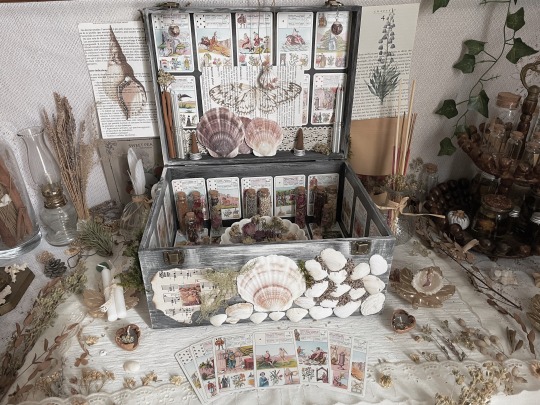
Apothecary Mlle Lenormand Altar set
Alienscty
#mlle lenormand#sea witch#water witch#divination#divinefemininity#divineenergy#altars#altar#aliensctyshop#alienscty#seashells#cartomancy#witchcraft#witches#witch#witchblr#vintage decor#floral#botanical#herbalism#Herbalist#spell candles
46 notes
·
View notes
Text
Découvre le jeu de Mlle Lenormand avec un super manuel
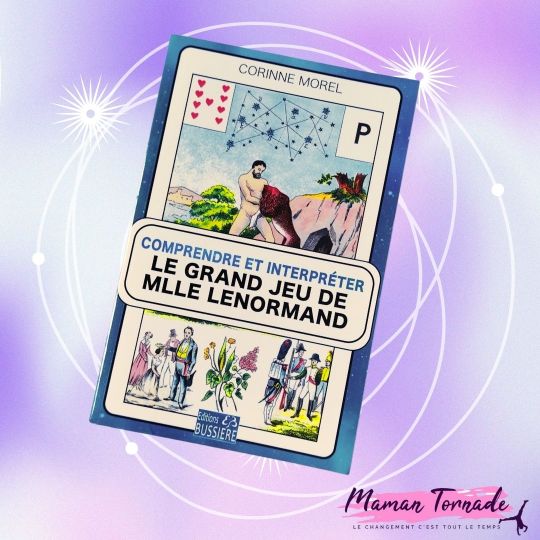
View On WordPress
0 notes
Text
What Does The Deck Say? April 3, 2024
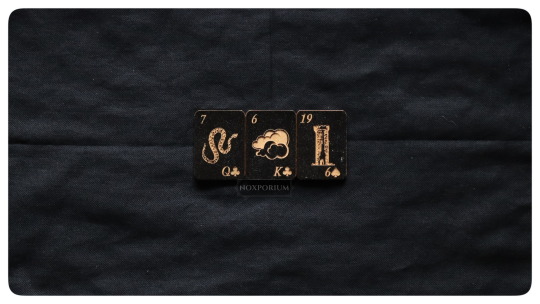
"The mixed signals you have been receiving about your promotion just got a lot cloudier. Trying to discern whether it is better to stay or to go is going to be difficult when the state of the industry itself is cast into doubt. Today, instead of trying to catch prevailing winds, focus on yourself and your immediate reach. Update your resumé, check your available funds, speak with someone you trust about your concerns. Either this is just a fast wind carrying nothing or the approaching edge of something substantial, but worrying yourself into nothing will not help either way."
The Tiny Timber Lenormand is a set of 36 etched birch tiles, each bearing the traditional number, playing card association, and a small image referencing the name of the card. Based on the Petit Lenormand system, itself named after Mlle. Marie Ann Lenormand (1772-1843), the small yet easy to read set allows for the use of all thirty-six tiles in a small space. The Tiny Timber Lenormand is ©Chas Bogan.
“What Does The Deck Say” is a weekday series of 3 card pulls from a cartomancy deck. No context or query is given to frame what the cards say as the posts are reading samples and not personal instruction. The result is sometimes humorous, sometimes serious, and usually surprising. All readers are invited to leave a comment about what they perceive in the random spread as each person will interact with the cards in their own way.
Personalized, direct, and private cartomancy readings are available via Ko-Fi: Noxporium.
5 notes
·
View notes
Text
La célèbre Mlle. Lenormand.
Description
Tools
Cite this
Main AuthorMarquiset, Alfred, 1867-Language(s)French PublishedParis, H. Champion, 1911.
SubjectsLe Normand, M. A. > Le Normand, M. A. / (Marie-Anne Adélaide), > Le Normand, M. A. / (Marie-Anne Adélaide), / 1772-1843.
Physical Description185 p. front., plate.
0 notes
Video
youtube
Part 1
Over the past several weeks we've looked at the history of Lenormand Tarot as its been told by Christopher Butler in the book accompanying this deck and a few quick online searches. The origins are as fuzzy as any other Tarot deck.
So far we've looked at a few single cards. The more I work with the deck, the more I appreciate the artwork. Color on black with a certain neon light at night aesthetic is my favorite palette. Been definitely feeling the intp, cyberpunk lofi aesthetic these days. This deck is a standout in the art and visual representation. I don't care much for the pale colors and deliberately old, eighteenth century look of most of the other decks that I've seen. The lesson there is to find a deck you resonate with VISUALLY regardless of RWS vs Lenormand setup to the deck.
See? We really are learning stuff here.
We also learned how the Lenormand Deck pushes you toward intuitive reading. You have to rely on your own intuition for the role that the playing card insets play in the card interpretation - if any. In contrast, the RWS decks use that aspect of intuition through card reversals. Lenormand disregards reversals outright.
I have to agree with my friends who said, in their experience, Lenormand tended to be more blunt, direct, in your face and to the point. I have a hunch that this is a function of Lenormand being a smaller deck and, I suspect, you might get the same punchy quality if you did a major arcana only reading with a RWS deck. Some limited run specialty decks are majors only, and when I first experiments with "cybertarot" software back in the 90s, the demo was majors only - and this has a similar feel to those majors-only readings. Just like when a lens narrows a beam of sunlight, it increases the heat and intensity of the light it could be that a smaller deck increase the intensity of a reading. But I also suspect there is a "goldilocks zone" at play, too. Too small of a deck, or too large of a layout could dilute or blur the cards' insights to the point that it is no longer useful at all.
In my experience, larger layouts will do that regardless of the deck's size. Even the 10 card celtic cross can get unwieldy and contradictory. I see no value in even trying the every-card-in -the-deck 4 x 9 grand tableau layout that is common to Lenormand. It is absurd to me on its face. My hunch is that Mlle Lenormand was riffing from pure intuition and using the cards to connect with her clients. That isn't to say that it is schtick or performance or a con or a trick...people are sometimes more willing to believe "the cards" over what another human has to say. The cards make us feel that the information is otherworldly, something more or special compared to human insight.
The cards are skeletal armature. The cards are a structural foundation on which human intuition builds.
That is the larger, functional insights from these cards today. Please read tomorrow and we'll take a look at these cards specifically in this pathway layout. The right hand card is fading energies, the middle card is current energies and the left card is growing energy as I read these.
continues tomorrow .....
0 notes
Video
Lenormand-Karten sind ein beliebtes Wahrsagewerkzeug, das seit Jahrhunderten verwendet wird. Das Lenormand-Kartenspiel besteht aus 36 Karten und ist angeblich ein altes französisches Glücksspiel. In Wirklichkeit wurden diese Karten jedoch von einer Pariser Kartenlegerin namens Mlle. Marie Anne Adelaide Lenormand entworfen und von ihrem Sohn Jean-Baptiste nach ihrem Tod im Jahr 1843 veröffentlicht. Einführung in die […] Der Beitrag Lenormand-Kartenlesen: Liebe, Glück und mehr erschien zuerst auf Kartenlegen.blog .
0 notes
Text
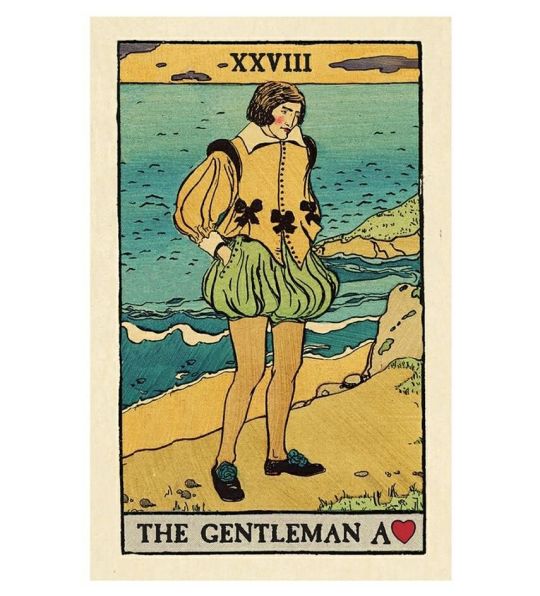

Pixie's Astounding Lenormand deck of divination cards feature an instantly recognisable, quintessentially 'Tarot' illustrative style. This is because the artist, affectionately nicknamed 'Pixie', was Pamela Colman Smith, designer of the classic Rider-Waite deck. (Rider being the company which produced the cards, and Waite the guy who wrote the accompanying guidebook, Colman Smith didn't receive a name check in the title.) Her involvement in the creation of the cards came about because both she and Waite were members of the Hermetic Order of the Golden Dawn, a secret, esoteric society dedicated to mysticism, magic, the occult, etcetera.
How did Smith become involved with the society? Seen it mentioned she was introduced by the poet W. B Yeats. More research required.
I don't think the Lemormand deck was published in her lifetime either, think it was only this century? - check this.
Additional info:
[From Wikipedia.]
Marie Anne Adelaide Lenormand (1772–1843) was a French professional fortune-teller of considerable fame during the Napoleonic era. In France, Lenormand is considered the greatest cartomancer of all time, highly influential on the wave of French cartomancy that began in the late 18th century.
Fact-check the following:
It is believed that she was the advisor to Josephine Bonaparte, Robespierre and Marat. One story of Mlle Lenormand relates how she told Emperor Napoleon that he would ultimately be unsuccessful in his military conquests, leading him to imprison her in the Bastille.
While Mlle Lenormand wrote more than a dozen books, they were largely promotional. She never wrote about her fortune telling methods. The little that is known about her methods comes from the writings of people who met her, such as Captain R. H. Gronow, who wrote about his experience in his book, Celebrities of London and Paris.
[Source: blog]
1 note
·
View note
Text
O Baralho Cigano, foi criado pelos ciganos?

Vamos pensar na cultura dos ciganos: nômadas e ágrafa. Ou seja, eles deslocavam-se, viajavam o tempo todo, não tinham residência física, e também não registavam as suas histórias, a sua cultura em papel, era tudo verbal. Agora imagine que vai criar algo, neste caso, um oráculo, isso mesmo, você vai criar, ainda que não desenhe, você vai instruir o desenhista a partir das suas referências, da sua bagagem cultural, certo? Logo, não faz sentido o povo cigano criar um sistema simbólico utilizando, por exemplo, o emblema da casa (carta 4), do livro (carta 26) e da carta (carta 27), pois isso não fazia parte do cotidiano deles. Com base em tudo isto, então eu pergunto: como é que o "baralho cigano" pode ter sido criado pelos ciganos? Uma explicação plausível seria a utilização deste baralho em algumas religiões que cultuam as entidades ciganas (guias espirituais), e então começa um movimento de sincretismo relacionando cartas e orixás. Mas isso é só uma hipótese. Então de onde surgiu o "baralho cigano"? Surgiu em Nuremberg (Alemanha), no ano de 1798, como um jogo de tabuleiro, que poderia ser utilizado como entretenimento ou adivinhação. As cartas foram elaboradas por Johann Kaspar Hechtel com o nome "Jogo da Esperança", pois ganhava quem chegasse primeiro à casa da âncora (carta 35 e símbolo de esperança). Mas Hechtel morreu em 1800 e nem testemunhou o crescimento deste baralho. Foi então que, em 1845, que uma editora publicou o mundialmente conhecido Petit Lenormand, pois o nome baralho cigano é só fundido no Brasil, já falamos dessa hipótese anteriormente. Bem, e por quê esse título? Na França, existia uma cartomante muito conhecida, que atendia muitas personalidades, o seu nome era Marie Anne Adelaide Le Normand. A editora sabia disso e numa estratégia de marketing, (não era um termo da época, talvez golpe de mestre fosse mais apropriado), lançou o baralho Petit Lenormand com um livreto de instruções assinado por Philippe Lenormand, mas tudo indica ser um pseudônimo, mais marketing. Há boatos de que Mlle Le Normand usava este baralho nas suas consultas, mas não há evidências disso, até porque a célebre cartomante faleceu dois anos antes da criação do Petit Lenormand. Há registos também de que ela o teria criado, mas em nenhum dos seus livros publicados (sim, Mlle Le Normand também era escritora), há alguma referência isto. E por que ela não divulgaria o seu próprio Baralho, sendo uma cartomante reconhecida? Ela teria ganho mais fama e dinheiro. Então tudo isto reforça que ela não é a idealizadora, apenas usaram o seu nome. Avançando na história, o Petit Lenormand chega ao Brasil, em meados de 1856, seguindo as orientações tradicionais do livreto europeu e, aos poucos, começa a ser associado à religião, sofrendo mudanças de significados para ter correspondência com os orixás. Mas como vimos, a sua origem não ocorreu em nenhuma doutrina específica. A partir daí, surgem duas escolas para distinguir essas diferenças, a Escola Europeia com os significados tradicionais e a Escola Brasileira com o sincretismo. Qual é a melhor? Esse não é o ponto, o que importa é a mensagem que as cartas vão passar. O oráculo vai se apresentar de uma forma que a(o) oraculista consiga interpretar da melhor maneira, aquilo que a(o) consulente precisa saber sobre determinado assunto, independentemente da escola utilizada. Eu leio pela Escola Europeia, pois faz mais sentido para mim, mas é uma questão de escolha. Nos últimos anos, esse Baralho tornou-se o queridinho porque o seu protótipo (veja na imagem deste artigo) está exposto no Museu Britânico. Se tiver a oportunidade, faça uma visita, ainda que online. Fontes: Karla Souza, do Falando Lenormandês, e Alexsander Lepletier, do Lenormando. Taróloga Aurora A Equipa Chave Mística www.chavemistica.com
#Baralho Cigano#Le Petit Lenormand#Marie Anne Adelaide#Philippe Lenormand#Mlle Le Normand#Oráculos#Tarologos Online#Tarot#Cartomancia#Cartomantes Online#Chave Mística#Consultas Tarot
1 note
·
View note
Text

This the way the story ends, this is how it begins. Full analysis to come.
#lenormand#grand tableau lenormand#lenormand Oracle#tarotblr#gt Lenormand#mlle lenormand#Robert place Lenormand Oracle
3 notes
·
View notes
Text
✧ Blue Bird Lenormand

Author/Artist: Stuart R.Kaplan
Editor: U.S. Games Systems, Inc
ISBN: 978-1-57281-905-4
Link: https://www.usgamesinc.com/Blue-Bird-Lenormand-tm.html
I started my cartomancy journey with a Lenormand deck and recently I’ve been feeling draw back to its practical tone. However, the cards I own are old and beautiful and I don’t really want to damage them further so, after a lot of thinking, I’ve decided to purchase this tiny deck. It is very similar to my original one but has peeked my curiosity as it says it is and extended version.
✧ The Box

The deck comes in a light blue cardboard box, with a a cute bird art on front (which is also printed on the back of the cards). On the back of the box you can see the Lady card. It is of fairly regular quality but what I love about it is that it is tiny and fits perfectly in my hand. Great for people with tiny palms! :D
✧ The Cards
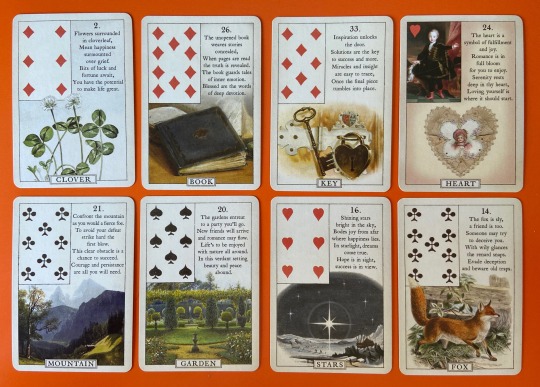

The cards are obviously also tiny, which is a big plus for portability. They have very traditional Lenormand illustrations, elegant, detailed, pretty and with a strong French art aesthetic. Each card has its interpretation printe on it.
The card stock is of slightly above average quality but the print quality varies throughout the deck: some cards are very neatly printed, but for some the print is slightly more spotty. But one would have to really be inspecting the cards to notice.
It turns out that the deck is extended by two cards in a clever way: it contains two Lady and two Gentleman cards, of different ages. According to the booklet, it is meant for two different purposes: as a signifier for the querent (mane they identify with the older Lady rather than the young one) or for same sex relationships (where the Lady querent would like to know more about the Lady of her heart.
✧ The Little White Book
The booklet tells the story of Mademoiselle Lenormand and then details the interpretation of each card. This is not the same as what is printed on the cards, it gives them an additional dimension of interpretation.

✧ Conclusion
Pro
Tiny!
Traditional illustrations
Meaning of the cards printed on them
Con
Fairly classical look (I consider it a plus, but some might find it unimaginative).
✧ Rating
✦✦✦✦✦✦✦✦✦✧
Thank you for reading and see you later, starlings!
#divination#cartomancy#tarot#tarot deck review#tarot deck#tarot review#witchcraft#witchblr#witchy#astrology#Lenormand#mlle Lenormand#Lenormand deck#mademoiselle Lenormand
10 notes
·
View notes
Link
An oldie but a goodie
#cartomancy#mediumship#psychic#18th century#fortune telling#lenormand#tarot#emanuel swedenborg#mlle lenormand
1 note
·
View note
Photo
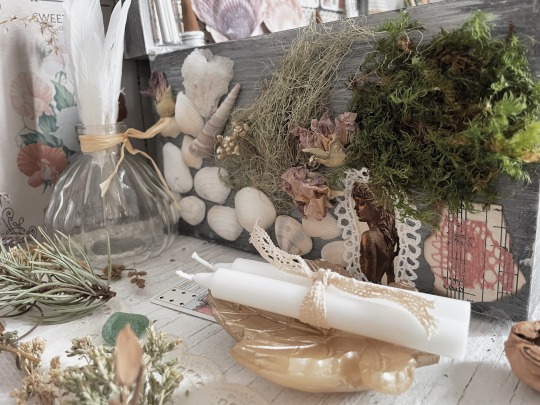

details of a custom order I just finished, inspired by a previous altar I curated ♡
#mlle lenormand#sea witch#water witch#divination#divinefemininity#divineenergy#altars#altar#aliensctyshop#alienscty#seashells#cartomancy#witchcraft#witches#witch#witchblr#vintage decor#floral#botanical#herbalism#Herbalist#spell candles
40 notes
·
View notes
Text
A new deck for the collection
A new deck for the collection

Marie Anne Adelaide Lenormand was a very popular fortune teller during the Napoleonic era, that became (in)famous when she became the card reader and confidante of Josephine, Napoleon Bonaparte’s wife. She was also arrested for espionage – and for witchcraft, but it was hard to make the accusation stick in post-Illuminist France. When she died she left a fortune to her only heir – that being a…
View On WordPress
0 notes
Text
What Does The Deck Say? May 31, 2023
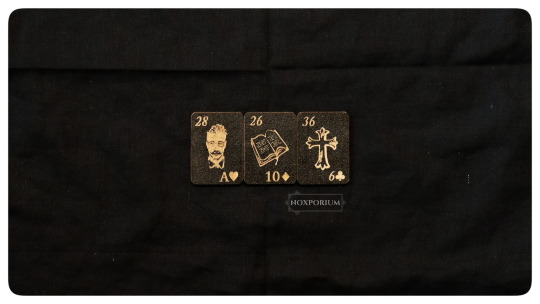
Short Reading: "The cost of coming through is the loss of ignorance. This will not be without pain. How bad do you want to come through?"
Not So Short Reading:
"You always wanted to know more about yourself, but you didn’t want to find out the Hard Way™. But the Hard Way™ is the only way you’re going to learn what you need to keep yourself going when no one else is there for you."
The Tiny Timber Lenormand is a set of 36 etched birch tiles, each bearing the traditional number, playing card association, and a small image referencing the name of the card. Based on the Petit Lenormand system, itself named after Mlle. Marie Ann Lenormand (1772-1843), the small yet easy to read set allows for the use of all thirty-six tiles in a small space. The Tiny Timber Lenormand is ©Chas Bogan.
“What Does The Deck Say” is a weekday series of 3 card pulls from a cartomancy deck. No context or query is given to frame what the cards say as the posts are reading samples and not personal instruction. The result is sometimes humorous, sometimes serious, and usually surprising. All readers are invited to leave a comment about what they perceive in the random spread as each person will interact with the cards in their own way.
Personalized, direct, and private cartomancy readings are available via Ko-Fi: Noxporium.
10 notes
·
View notes
Text
A Brief History of Tarot
I'm seeing a lot of questions about the origins of tarot going around again, so I suppose it's time to make a Post With Sources. Because from what I'm seeing, a lot of y'all are pulling from some bad information.
I've seen some of the discourse on tarot with regard to the decolonization discussion, but unfortunately, it often veers in the wrong direction. The discourse seems to focus on whether it should be a closed practice because of the Romani/Roma connection, but the origins of this idea are a misnomer.
Tarot cards originated in 15th-century Italy as perfectly mundane playing cards for a game called tarrocchi appropriati. Players would draw cards and use the thematic associations of the artwork to write short poems about each other. The cards were also used to play a trionfi or trumps style game similar to bridge.
The cards later became popular as fortune-telling devices in the 1780s. At this time, standard-suit playing cards (hearts, diamonds, clubs, and spades) were already being used for playful divinatory party games that were taken about as seriously as a middle school game of M.A.S.H.
Mystical origins for the pictures on the cards were first suggested by Antoine Court de Gébelin in 1781. The first official divinatory meanings were assigned to tarot cards by Jean-Baptiste Alliette in 1783. The deck was later revised by Mlle Marie-Anne Adelaide Lenormand, Jean-Baptiste Pitois, and Arthur Edward Waite of Rider-Waite fame to become the version we know today. The suit cards became the Minor Arcana and the trumps or wild cards became the Major Arcana.
From there, card-reading became a popular party game and tarot decks were indeed used by Romani/Roma people to tell fortunes. Since most people wouldn't hire them for "honest" work, they had to make money by busking, doing odd jobs, and trading on whatever skills they had, including knowledge of tarot cards and their "mystical" reputation. As mysticism and tarot decks faded from popular mundane use, the Romani/Roma people carried on using them. Eventually, this was the strongest...and only...association that remained in people's minds.
(And if you need an example of how quickly this can happen, just look at how long it's been since Rick Astley's biggest hit has been associated with anything other than internet memes.)
This supposition was only strengthened by the writings of modern occultists such as Éliphas Lévi (who reinforced Gebelin's claim of an Egyptian origin and introduced the idea of Hermetic Qabalistic associations; both ideas rooted in colonial exoticizing of other cultures), Raymond Buckland, and two of the three founding members of The Hermetic Order of the Golden Dawn. Aleister Crowley also wrote extensively about tarot and it's "ancient" mystical associations in his works and texts related to his self-created system Thelema, including the creation of the Thoth deck.
All of these ideas filtered down through modern pagan and New Age practices as part of the literature on the modern witchcraft movement, but so few authors bothered to look into the mundane history of the cards that their proper historical origins were often overlooked in favor of more mystical explanations. Yes, including their supposed genesis among the Romani/Roma, and all the superstitions pertaining thereto, i.e. your first deck must be a gift, and so on.
In short, cartomancy through tarot is an open practice, the tarot cards themselves are mundane objects that originated on gaming tables, it was never exclusive to one group or tradition, and the only reason we think it first came from some secret sacred practice of the Romani/Roma is because the scholarship that the New Age movement pulled from for their ideas on tarot was done by a whole lot of Western White Guys with imperialist mindsets. (The reductive/racist thought process of the day was basically, "Well, the Romani/Roma allegedly come from Egypt, and Gebelin said the card designs do too, so there it is!")
I also encourage reading of the Wikipedia articles on Tarot and Tarot-Reading, and the Encyclopaedia Britannica article on the same. I know these aren't the end-all-be-all of resources, but they do trace the history of the cards and the parties involved with the changing conversation on their design, origins, and deeper meaning. It's worth noting that many texts discussing late 19th-century occultism are now in the public domain and can be found on Project Gutenberg, if you're interested in seeing how ideas and views about tarot progressed over time in the words of the occult scholars themselves.
It's also worth noting that scholarly speculation on the supposed origins of a practice do not always constitute historical fact, no matter how often they're repeated. (See also: Bede and Eostre.)
So what does this mean for modern tarot users?
It means if you like a deck, you don't have to wait for someone to gift it to you. It means you're not stealing anything if you read tarot, even if you ask to be paid for your readings. It means bad information disseminates faster and more easily than good information, largely because it's shorter and easier to fit into performative agendas. And it means we still need to do our homework when it comes to the history of witchcraft.
#witchcraft#witchblr#tarot#divination#I am FULLY prepared for backlash on this one and I've got my receipts.
854 notes
·
View notes
Text
Unknown Facts About Best Tarot Card Decks According To Real Psychic Readers
The Only Guide to Easy Tarot: Learn to Read the Cards Once and for All! by
And these meanings are fluent and ever-changing, so the Tarot can not be particularly this or that, for it ever moves and yet is ever the very same. Claims such as those started by early freemasons today discover their method into academic discourse. Semetsky, for instance, discusses that tarot makes it possible to mediate in between humanity and the godhead, or between god/spirit/consciousness and profane human existence.
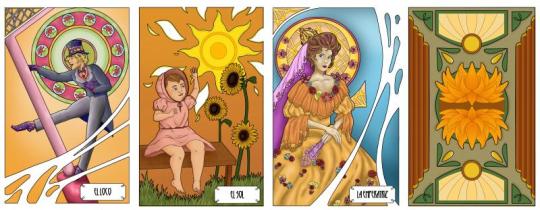
Amazon.com: Tarot Cards, Rider Waite Tarot Cards, 78 Holographic Tarot Cards Deck Future Telling Game with Colorful Box and Guidebook: Toys & Games
Santarcangeli informs us of the knowledge of the fool and Nichols speaks about the archetypal power of individuation boiling below the effective surface area of the tarot archetypes. Fortune informing [modify] In the popular mind, tarot is indelibly related to prophecy, fortune informing, or cartomancy. [] Tarot was not developed as a mystical or wonderful tool of prophecy.
Our Common Tarot Card Symbols - The Simple Tarot Statements
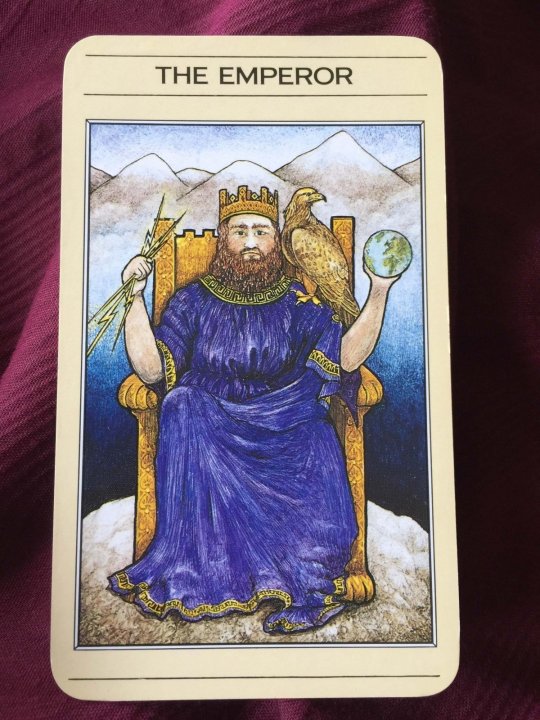
g. Antoine Court de Gbelin and the Comte de Mellet) that likewise published commentary on divinatory tarot. There is tarotfans of development of the cartomantic tarot that occurs in parallel with the imposition of hermetic secrets on the formerly ordinary pack of cards, but that can usefully be identified.
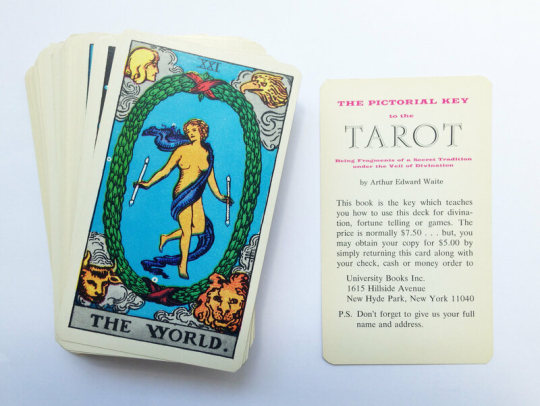
The Stone Portraits Tarot – All 78 Cards – TheLilyStoneQuarry.com*
Following MCM, Etteilla brought the cartomantic tarot considerably forward by inventing an approach of cartomancy, designating a divinatory meaning to each of the cards (both upright and reversed), publishing La Cartonomancie franais (a book detailing the approach), and producing the very first tarot decks specifically intended for cartomantic practice. Etteilla's original method was created to work with a common pack of cards referred to as the piquet pack.
The Definitive Guide for Tarot Keywords and Correspondences All 78 Cards - Angelorum
e. Marseilles) tarot deck. His knowledge was formalized with the publication of the book Maniere de se rcrer avec le jeu de cartes nommes tarots and the development of a society for tarot cartomancy, the Socit littraire des associs libres des interprtes du liver de Thot. The society consequently went on to release Dictionnaire synonimique du Livere de Thot, a book that "systematically arranged all the possible significances which each card could bear, when upright and reversed." Following Ettielle, tarot cartomancy was moved forward by Marie-Anne Adelaid Lenormand (1768-1830) and others.
She was so popular, and cartomancy with tarot became so well developed in France following her work, that a special deck entitled the Grand Jeu de Mlle Lenormand was released in her name 2 years after her death. This was followed by many other specially developed cartomantic tarot decks, mainly based upon Ettielle's Egyptian symbolism, however some offering other (for example biblical or middle ages) flavors too.
1 note
·
View note